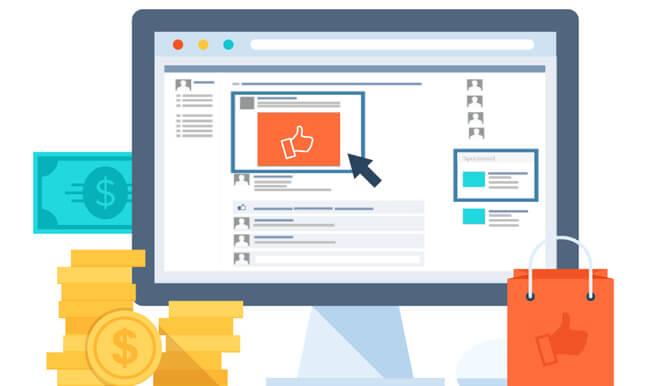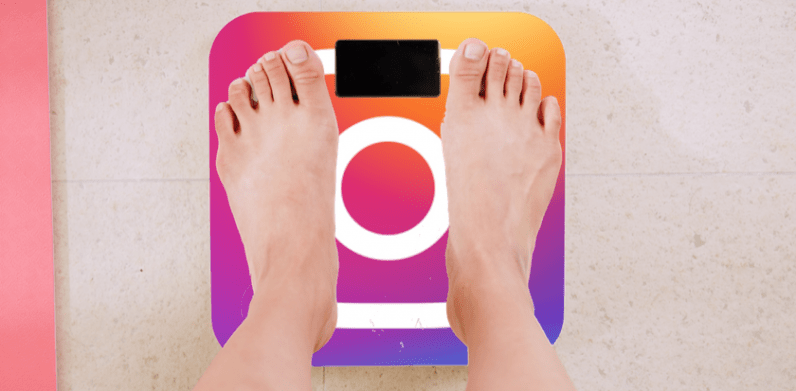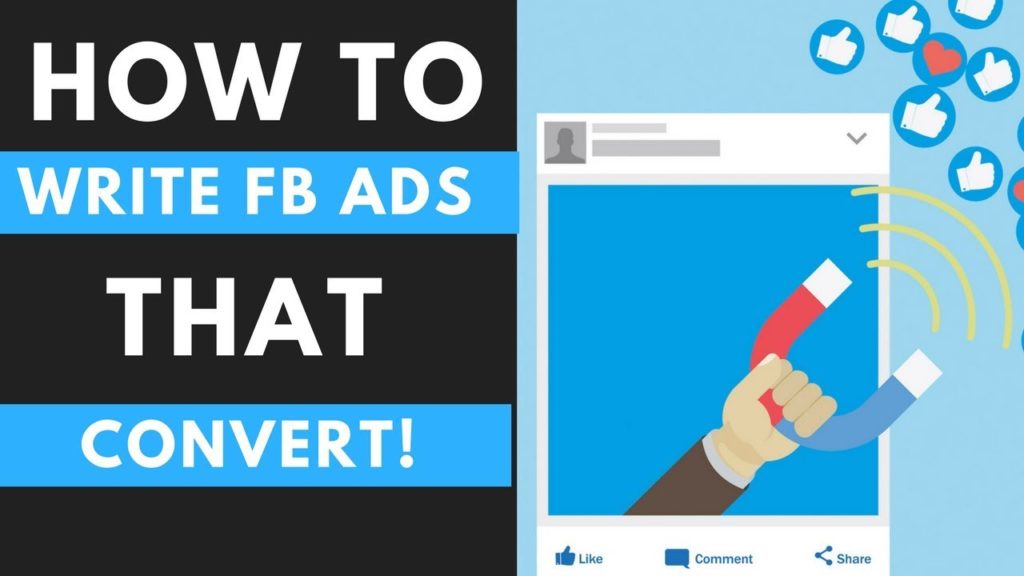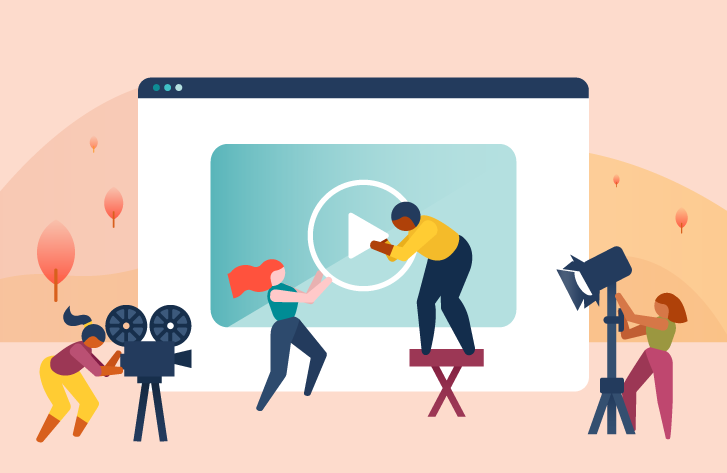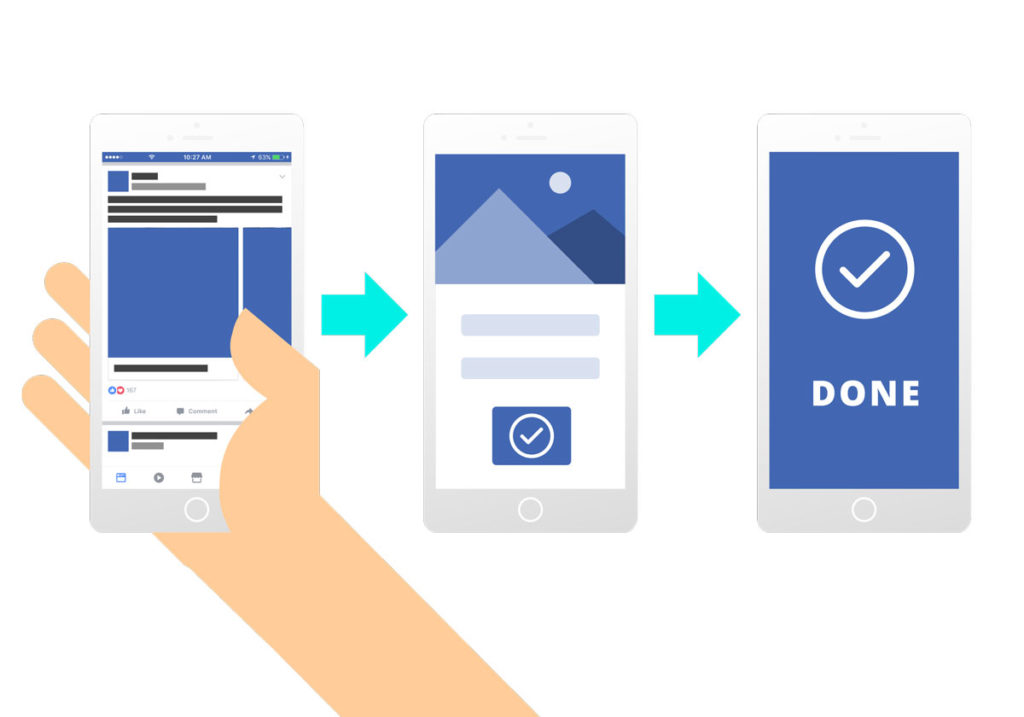As of now, Facebook has more than 2.23 billion monthly active users, and around six million active advertisers used the platform to promote their services and products. Here is how you can advertise on Facebook without exceeding your budget.
Objective
Even though you are looking to achieve sales in the long-term, it is still essential to identify your immediate ad objective. Do you intend to get more sales by creating brand awareness first, or by generating website traffic? Facebook has several different campaigns to choose from when you create an ad, and the type of campaign you select needs to directly align with the objective you intend to achieve. For instance, if you wish to increase likes on your Facebook page, running a website traffic generation campaign will not be a good idea. Instead, you may want to run a page like campaign. Speaking of Facebook likes, you can also Buy Facebook Page Likes for a very low price. Each campaign is specifically optimized according to its objective. If you run a page like campaign, the ad will be particularly shown to the people who are likely to like the page. Setting up ad campaigns that not go with your objectives can hinder the speed of your results as well as increase the ad costs significantly. On the other hand, choosing a campaign that directly mirrors the objective can actually help lower the average cost of Facebook ads.
Also Read: 4 Ways to Advertise on Facebook more Effectively
Ad Targeting
Once you have chosen the type of campaign you are running, the next step is to identify who is going to see your ad, that is, your target audience. Determining the target audience is an essential step towards running successful campaigns and reducing the cost per click. However, choosing the wrong group of people as target audience will not produce good results, and consequently, you will have to pay more per result. A very good example of this is companies who sell pet products. These companies should target people who actually own pets, rather than people who are only interested in pets. Sometimes, small yet significant changes in the target audience can provide better results at a lower price. Moreover, you will need to ensure that the target audience is neither too large, not too small. Targeting a smaller audience might exhaust the audience quickly, which means they will see the same ad multiple times and get tired of it. On the other hand, targeting an audience that is too large will produce slower results.
Ad Placement
Did you know that there are several options where you can choose to show your ad? These are called ad placements. The ideal placement for an ad depends on its objective and the audience it is aimed for. Ad placement is yet another factor that can increase or decrease advertising costs. For this reason, you need to pay attention to the placements that are giving the results at the lowest possible cost. This will help you identify the top-performing placements and help you avoid wasting dollars on placements that are not producing good results.
Relevance Score
Facebook is becoming more and more focused on the average user, which means they are trying to filter out spammy and unnecessary ads from users’ newsfeeds. For this reason, they have a metric called the Relevance Score that determines how helpful or relevant an ad is to the targeted audience. It ranks from 1 to 10, with 1 being the least relevant and 10 being very relevant. If you relevance score is lower, Facebook will give preference to your competitor’s ad over yours. The Relevance Score is calculated by how the people’s response when they see your ad. Do they like or comment on it? Or do they hide or block it? The higher your Relevance Score, the more it will be served, requiring a lower cost per click.
Updated on

